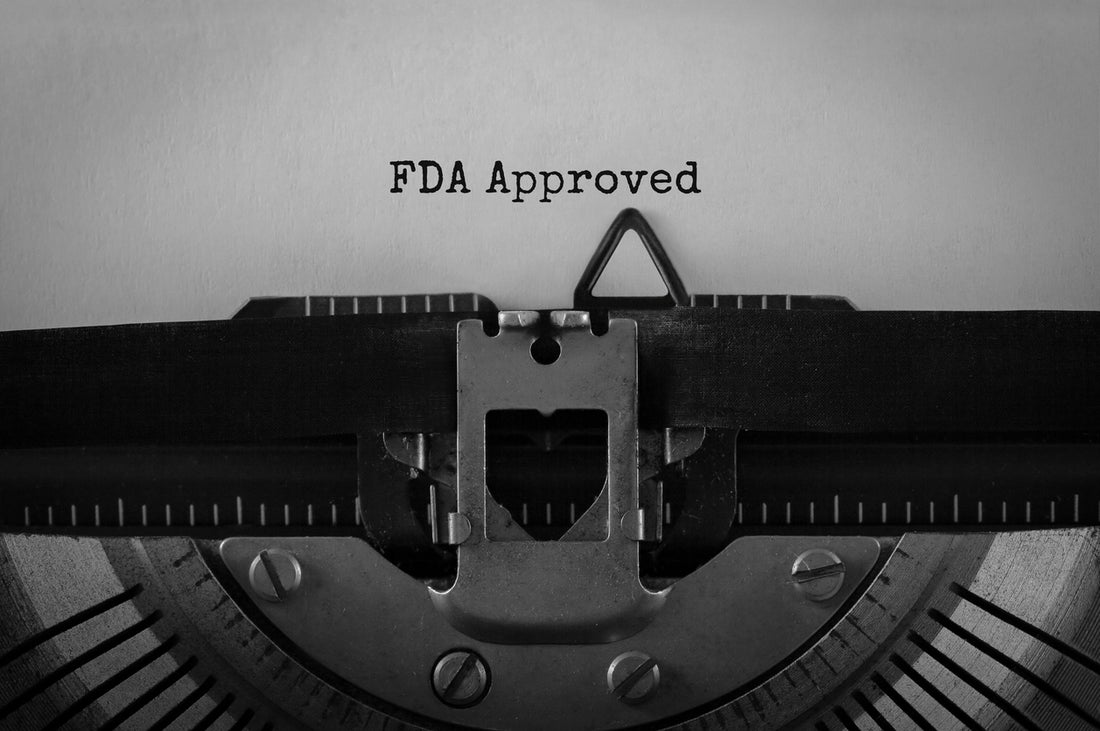
Label Reading and FDA Requirements
Share
- The dietary supplement industry has hit $30 billion, with over 90,000 products on the market.
- Recent national surveys have shown that 52% of adults use some sort of supplement product.
- 10% of adults report using at least 4.
- Vitamins and minerals are the two top supplements, taken by 48% and 39% of adults, respectively.1
The good news is that this interest means more focus and funding is being put into scientific efforts to discover and refine the best dietary supplements. The bad news is that there is a glut of different offerings out there, and they aren’t always equal or interchangeable, despite what you may hear. The best way to make sure you get the nutrients you are looking for is to keep an eye on the label and to understand what the FDA does and does not demand from supplement nutrition labels.
Drugs vs. Supplements
The FDA tends to treat dietary supplements as special foods rather than as medicine. While this is a bit of an oversimplification, it manifests in a number of different ways. For example, dietary supplements are generally considered to be safe until proven otherwise. However, federal guidelines require that they cannot contain anything that may have “a significant or unreasonable risk of illness or injury” so long as the supplement is used as directed on the label.
The difference here is that manufacturers don’t have to test new ingredients in clinical trials, which some believe can pose potential safety issues. But if you look at the supplement industry today, most major supplement providers have state-of-the-art measures in place designed to ensure safety.
Where there is bigger concern is in regards to fillers. Because of the lack of control the FDA has over supplements, it is possible for some companies to combine certain supplements with other substances that may not have any positive effect. In some cases, this is just a part of the packaging, as often the actual active ingredients in a capsule would hardly be visible without fillers. Common fillers include hypoallergenic rice flour and oils. Where the concern lies is when manufacturers put in more fillers than advertised on the label.
Anatomy of Your Labels
Chances are that you’re very familiar with the Nutrition Facts label that is on every product in a grocery store, and this has its equivalent in the Supplement Facts label for dietary supplements. Here are some of the main parts you want to look at when comparing supplements.
For starters, right under the Supplement Facts label is the recommended serving size. Note that this doesn’t always mean just one tablet or capsule, but the directions on the label should reflect that. If a supplement has calories, fats, carbohydrates, and protein above a certain level, they will also be featured on the label.
The next part of the label covers vitamins and minerals, specifically, the FDA’s recommended daily intake (RDI). Each vitamin or mineral will be put on the label based on its percentage of the RDI. For example, if the RDI of a given vitamin was 90 mg, and each serving of the supplement had 45 mg, the label would indicate that it supplies 50% of that recommended RDI.
FDA regulations require that all of the ingredients be listed on the label, which is especially important if you have allergies to certain components.
A few short years ago, the FDA handed down the first set of changes made to these labels in many years. The bulk of these changes concern labels for food (a topic for another day), but there are a few changes that carry over to supplements.
One example is the fact that calories from fat, vitamin A, or vitamin C will no longer have to be declared. However, it is now required to declare the amount of added sugars, potassium, and vitamin D. At the time, it was explained that this was done because these were greater nutritional concerns. The calorie changes aren’t going to be as prominently displayed for supplements as they are for food, because most dietary supplements don’t have a lot of calories.
The other major changes include updates to the Daily Values portion of the label, along with a footnote required for any products “represented or purported” for children ages 1 to 3. The International Unit (IU) will also be eliminated as a form of measurement.2
The current FDA guidelines aren’t set in stone, but chances are that what we have will be on the books for a long time.
What Does This Mean for Your Health?
What can this do for you? Well, for starters, it can ensure that you are getting the proper dosage. For example, if you are deficient in a certain nutrient, your doctor or nutritionist will not just recommend that you take a supplement or make a dietary change – they will recommend that you get a certain amount of that particular nutrient. Labels will help you determine which supplement has the ideal dosage, and whether it comes from sources that you may have a dietary sensitivity to.
In addition, you want to make sure that you choose supplements from companies that are transparent about their process for formulating supplements, like Enzymedica. Enzymedica uses only the highest quality enzymes and nutrients for our products, and we put in absolutely no fillers, to ensure purity. We also regularly test our products for gluten and other ingredients, in accordance with cGMP guidelines.
Keep these facts in mind the next time you have two different supplements in your hand that may appear to be the same. Read the labels carefully before you make your choice.
- Manson JE, Bassuk SS. Vitamin and Mineral Supplements: What Clinicians Need to Know. JAMA. 2018;319(9):859–860. doi:10.1001/jama.2017.21012
- U.S. Food and Drug Administration, Industry Resources on the Changes to the Nutrition Facts Label, "https://www.fda.gov/food/food-labeling-nutrition/industry-resources-changes-nutrition-facts-label", accessed 4/11/2018.

